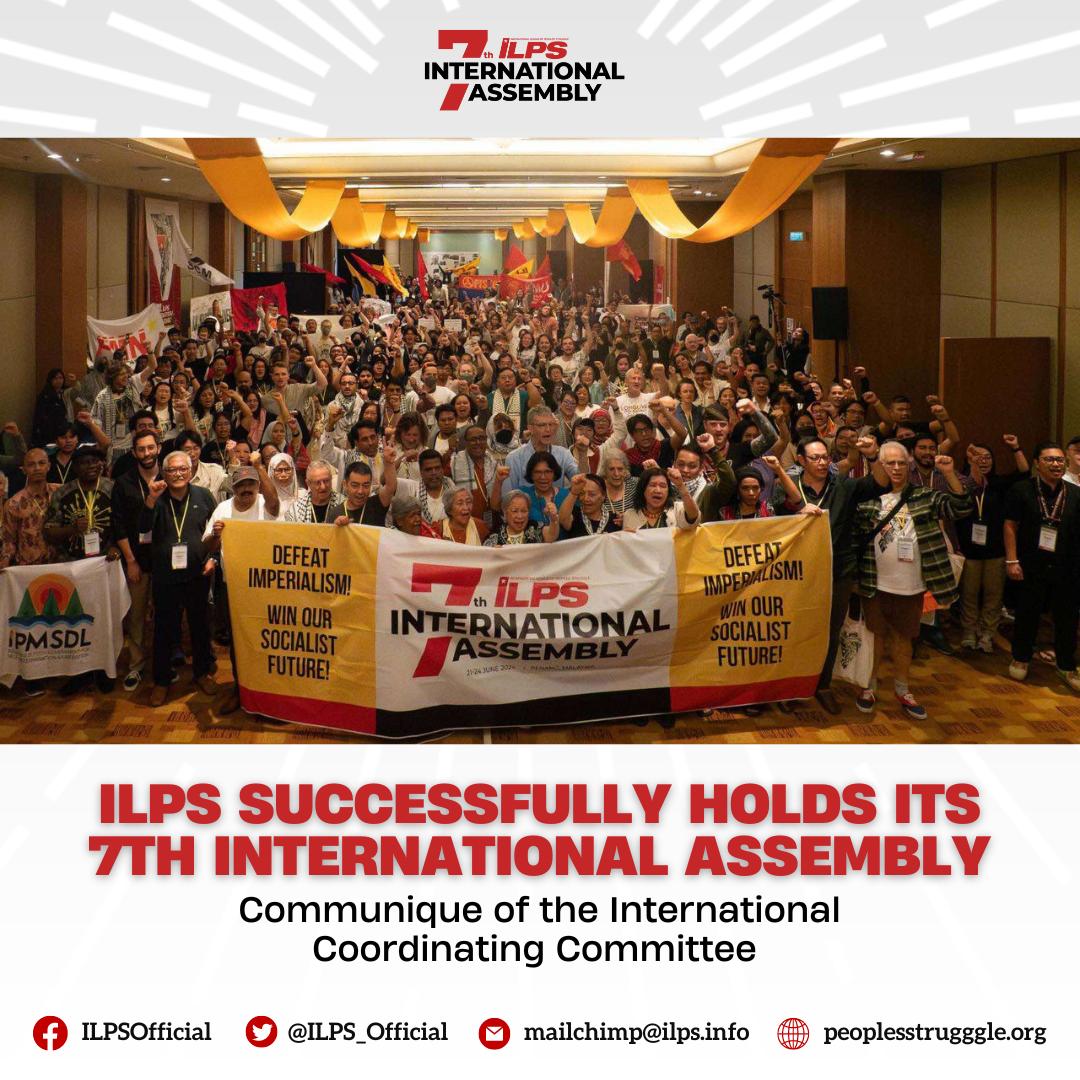On 27 April 2018, during the 2018 inter-Korean summit, the Panmunjom Declaration for Peace, Prosperity and Reunification of the Korean Peninsula was adopted between Kim Jong Un, the Supreme Leader of North Korea, and Moon Jae-in, the President of South Korea. Several actions were taken toward reunification along the border.
South Korea hosted the Winter Olympics in 2018 and President Moon Jae-in invited North Korean participation, leading to senior-level talks and three inter-Korean summits.
At the historic Singapore Summit in June 2018, the United States and North Korea committed to establish “new U.S.-DPRK relations”. President Trump made the unconventional decision to suspend major joint U.S.-South Korea military exercises and meet directly with Chairman Kim.
Meanwhile, the previous Moon Jae-in administration came up with the so-called “Three Nos” policy — no additional deployments of Terminal High Altitude Area Defense (THAAD) batteries, no South Korean integration into a U.S.-led regional missile defense system and no trilateral alliance with the U.S. and Japan.
All these positive steps have now been reversed by the United States.The vision to transform the Armistice Agreement to a Permanent Peace Treaty and eventual reunification was undermined.
US intensifies war provocation
The U.S. resumed large-scale military drills last year, sending a nuclear-armed submarine to South Korea for the first time in 40 years, along with other assets, including nuclear-capable bombers.
This year, the US and South Korea held their biggest joint field exercises in five years, as the U.S. flew a long-range B-1B bomber to the Korean Peninsula.
In addition, the US now wants the THAAD system deployed in Seongju, North Gyeongsang Province in 2017 to be permanently based despite strong opposition from local residents and protests by China.
In April this year, the so-called Washington Declaration considered as a “software upgrade” was issued by presidents Joe Biden and Yoon Suk-yeol expanding nuclear consultations between the United States and South Korea.
Trilateral defense cooperation between the US, South Korea and Japan has also grown in recent months. This included trilateral military drills to practice tracking North Korean missile launches as well as information-sharing exercises.
At the Shangri-La Dialogue regional security forum in June this year, the three met on the sidelines to discuss the real-time sharing of information on North Korean missiles. They plan to link their radars via a U.S. system to improve detection capabilities. Meanwhile, China snubbed a U.S. request for the countries’ defense chiefs to meet on the sidelines.
The US has about 55,000 troops in Japan, its largest forward-deployed force in the world, and about 28,500 troops in South Korea. It spends billions of dollars annually and maintains dozens of facilities in both countries.
Japan made a major break from its strictly self-defense-only post-World War II principle, adopting a new national security strategy that includes the goals of acquiring preemptive strike capabilities and cruise missiles.
The US has also expanded the use of military facilities in the Philippines and additional troop rotations in key areas facing the Taiwan Strait and South China Sea.
The US revitalized presence in the Indo-Pacific region with the Quadrilateral Security Dialogue (QSD), known as the Quad, a strategic security dialogue between the US, Australia, India, Japan. Last year, AUKUS, a trilateral security pact between Australia, the United Kingdom, and the US was announced with Australia acquiring nuclear-powered submarines.
New technologies were also adopted by the US for warfare including advanced computing, “big data” analytics, artificial intelligence, autonomy, robotics, directed energy, hypersonics, and biotechnology.
The so-called Indo-Pacific Economic Framework for Prosperity, a major trade deal led by the US to shore up Pacific markets, is an attempt to seize resources and labor for more of this high-tech war production and to continue to block North Korea and its allies out of the global market.”
The DPRK upgrades deterrence
At the Eighth Congress of the Workers’ Party of Korea (WPK) in January 2021, the DPRK sought the objective of “advancing nuclear deterrence and strengthening defense capabilities”. These include hypersonic glide vehicles and submarine-launched ballistic missiles (SLBMs). Last year, a record number of ballistic missiles (8 ICBMs included) were launched.
This year, at the 75th anniversary of the founding of the Korean People’s Army, Pyongyang revealed at least 11 Hwasong-17 missiles, the world’s largest road-mobile ICBM. Experts assess that the missile, successfully flight tested in November 2022, can carry three to four nuclear warheads. This number of multiple-warhead missiles, along with North Korea’s other ICBMs, could inundate the 44 ground-based interceptors deployed in Alaska and California. U.S. officials have indicated they would fire multiple, perhaps up to four, interceptors at each incoming warhead.
North Korea also revealed a new containerized missile that is likely the prototype of a solid-fuel ICBM. Pyongyang tested a static solid-fuel rocket engine and announced it had a thrust of 140 tons of force, greater than any U.S., Russian, or Chinese ICBM. Solid-fueled missiles reduce the time necessary for launch preparation, making them more difficult to detect and target.
These recent tests may have neutralized U.S. missile defense capabilities, such as the U.S.-deployed Terminal High Altitude Area Defense missile system and the Aegis Ballistic Missile Defense system.
In June this year, the eight enlarged plenary meeting of the Central Committee of the ruling Workers’ Party of Korea (WPK) reviewed its economic, diplomatic and defence strategy “to cope with the changed international situation”.
North Korea asserts that its missile tests are for self-defense from direct US military threats, and they have not harmed the safety of neighboring countries and regions.
Although a long-range rocket carrying its first military reconnaissance satellite crashed last May, North Korea is determined to put into orbit and operate.
Some South Korean analysts now believe that the US discusses North Korean issues with Seoul not because it seriously intends to resolve them but more to persuade the South Korean government to help the US compete against Beijing. Many doubt that the US is willing to sacrifice San Francisco for Seoul.
Fight for peaceful reunification
The Korean people with its proud history of 5,000 years remains divided after the US imperialist Korean War of 1950-53 with some five million lives lost.. The US may have forgotten this costly war, but the Chinese and the Korean people have not.
In the face of intensified US war provocations in the region and throughout the world, workers and other oppressed peoples have the right to fend for themselves and fight against the desperate hold of US imperialism for hegemony.
The US, currently embroiled in its NATO war in Ukraine against Russia, faces strategic rivalry with China and is embattled with its own domestic issues amid the worsening monopoly capitalist crisis.
It is imperative for all anti-imperialist and democratic forces to unite with the Korean people in their aspiration for peace and reunification. The real deterrent against a nuclear holocaust is our solidarity against imperialism.
Thus the International League of People’s Struggle calls on all its member organizations and allies to mobilize and hold protest actions in their own countries to condemn US war provocations and intervention in the Korean peninsula. Let us expose and oppose Japan and South Korea’s support to US agenda of war and militarization of the Asia-Pacific region. Let us support the Korean peoples’ struggle for the peaceful reunification of the Korean peninsula.
###
Signed:
Len Cooper
Chairperson



